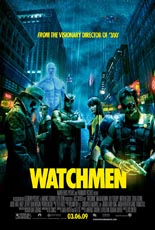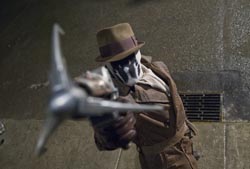
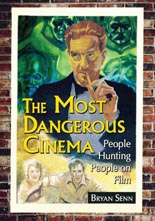 That Richard Connell’s 1924 short story “The Most Dangerous Game” has spawned so many adaptations and knock-offs is hardly surprising; the premise is simple and easy to, um, execute. What is more notable is how a wide a berth those resulting films cast, in terms of genres. Straight-ahead action/adventure takes aside, they include sexploitation, science fiction and even pratfall-fueled comedy.
That Richard Connell’s 1924 short story “The Most Dangerous Game” has spawned so many adaptations and knock-offs is hardly surprising; the premise is simple and easy to, um, execute. What is more notable is how a wide a berth those resulting films cast, in terms of genres. Straight-ahead action/adventure takes aside, they include sexploitation, science fiction and even pratfall-fueled comedy.
Whatever form — official to plagiarising, well-known to obscure, excellent to awful — the movies are all rounded up in The Most Dangerous Cinema: People Hunting People on Film, Bryan Senn’s book-length journey into the meaty, man-vs.-man subgenre.
For the core of the McFarland & Company paperback, 14 theatrical efforts are examined at length, including the classic 1932 adaptation; John Woo’s Jean-Claude Van Dame vehicle, Hard Target; and Cannon Films’ awesomely named Avenging Force, with stops at everything from quasi-porn (The Suckers) to Z-level director Ted V. Mikels (War Cat) along the way. In these chapters, Senn not only encapsulates each film, but reviews it, delves into its production and, of course, details its similarities to and differences from the source material, whether or not Connell’s name shows up in the credits (which it hardly does).
But, wait, cries the pitchman, there’s more! No less enjoyable chapters take in dozens and dozens more titles that fall into the categories of flicks that went direct-to-video, that draw a little inspiration without being outright adaptations, that substitute aliens for humans, that televise these sick games and that aren’t flicks at all, but episodes of TV series. Throughout these sections, you’ll find everything from Arnold Schwarzenegger’s blockbuster The Running Man to two episodes of the long-running Fantasy Island and an equal number of Jess Franco pics, one of which is somehow decidedly more pervy than the other.
The sheer amount of viewing hours is undeniable, and somehow Senn’s work never grows repetitive, despite essentially trodding the same story over and over. The Most Dangerous Cinema is the year’s entertainment title I didn’t know I wanted, and I feel that the more adventurous film buffs will agree.
So go get it. I’ll even give you a head start. —Rod Lott
Read our reviews of Most Dangerous Cinema movies:
• Countess Perverse (1974)
• The Most Dangerous Game (1932)
• The Suckers (1972)
• Surviving the Game (1994)

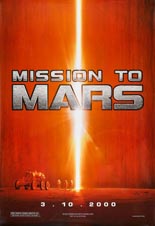
 Brian De Palma shelved the Hitchcock homages just long enough to ape another esteemed cinematic master — Stanley Kubrick — for a foray into big-budget sci-fi,
Brian De Palma shelved the Hitchcock homages just long enough to ape another esteemed cinematic master — Stanley Kubrick — for a foray into big-budget sci-fi, 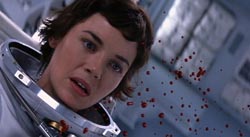
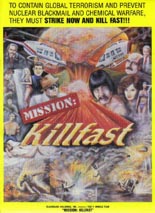

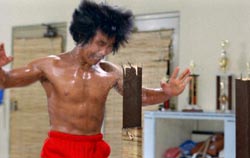
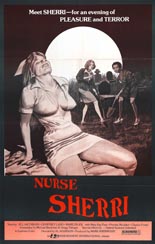
 Four years before Barbara Hershey infamously got raped by a ghost in
Four years before Barbara Hershey infamously got raped by a ghost in 
